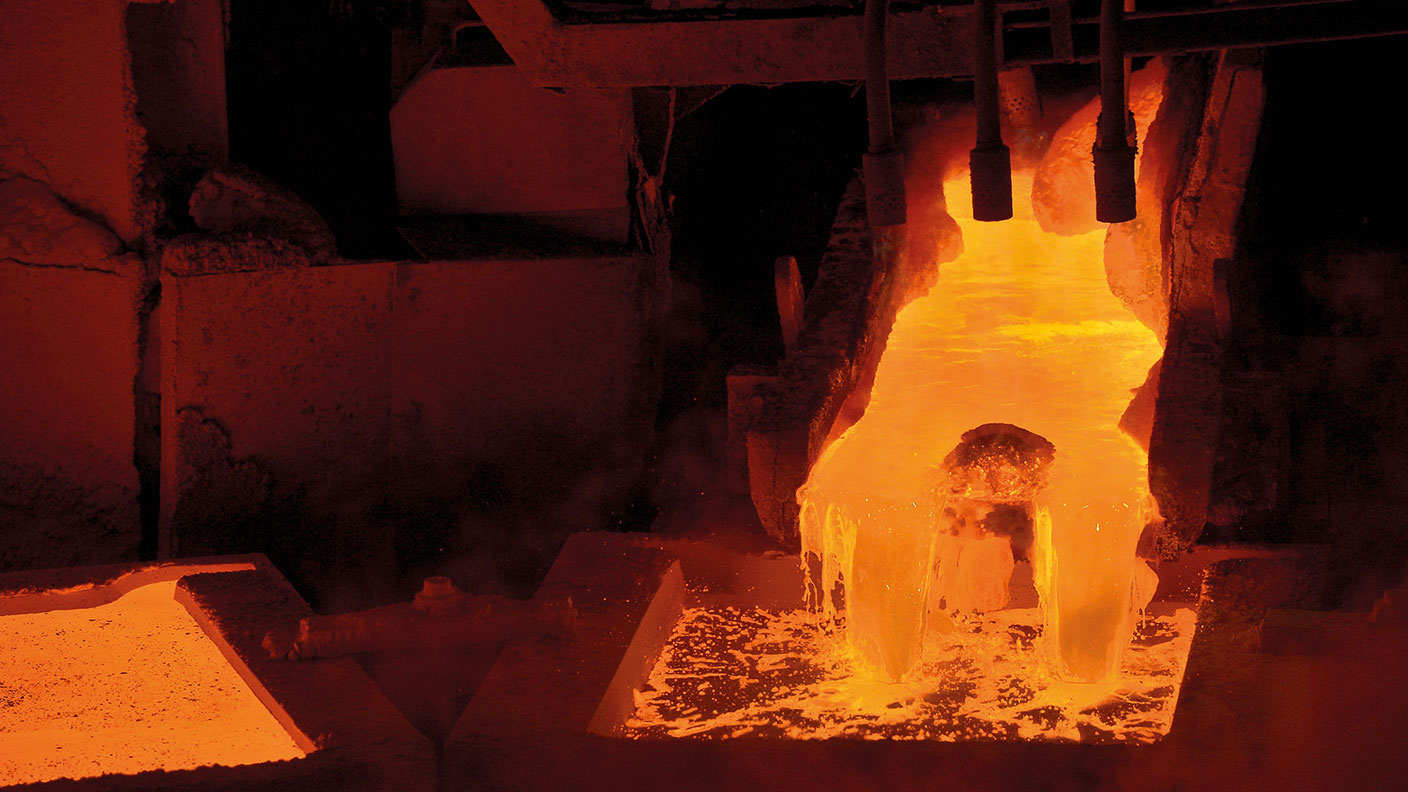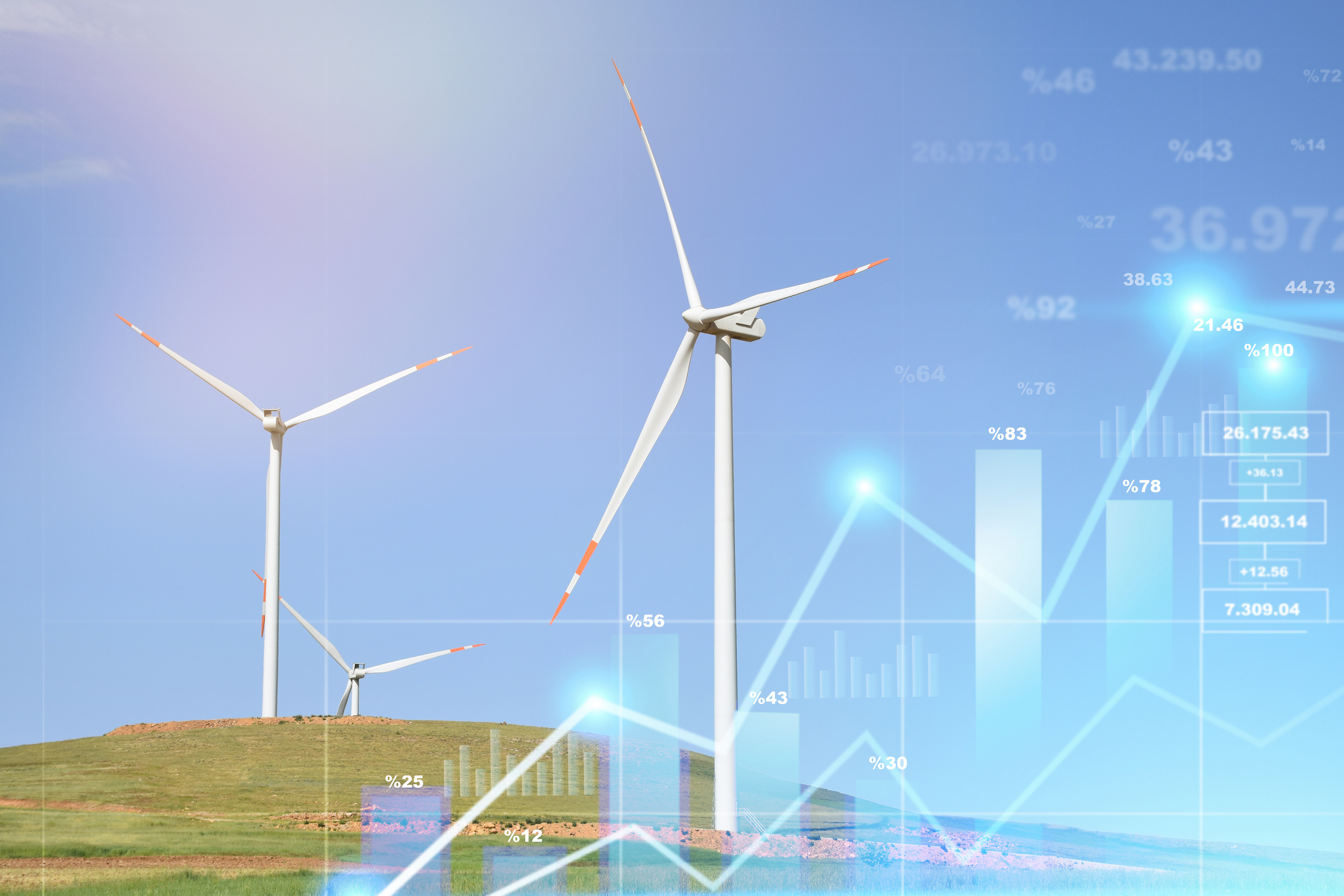Five funds to profit as metal prices bounce back
Prices of commodities, notably base metals, have started to rise as the world rebounds from Covid-19. David Stevenson picks the five best funds to buy to take advantage.


Commodities have been in the doghouse for much of the last decade. The largest and best-performing specialist natural resources fund in this sector, BlackRock World Mining, has lost 11% of its net asset value (NAV) over the last ten years, although its share price does show a small positive gain. Commodity specialist Goehring & Rozencwajg notes that raw materials haven’t been this cheap compared to US equities since 1920.
Yet there are now signs of an incipient recovery as investors look forward to a global rebound in 2021, when demand for materials and energy products should improve. Iron-ore spot prices gained 33% between 1 January and mid-November; palladium 21%, uranium 19%, and copper 15%. Oil, despite a bounce to $50 a barrel in recent weeks, is still down by 34%, while platinum is down 6%.
Keep an eye on the greenback
Fluctuations in the value of the dollar have an impact on commodities too. Most are priced in dollars, so they tend to rise when the dollar weakens (this makes them more affordable for holders of other currencies) and vice versa.
MoneyWeek
Subscribe to MoneyWeek today and get your first six magazine issues absolutely FREE

Sign up to Money Morning
Don't miss the latest investment and personal finances news, market analysis, plus money-saving tips with our free twice-daily newsletter
Don't miss the latest investment and personal finances news, market analysis, plus money-saving tips with our free twice-daily newsletter
A rising dollar is often a reflection of a global flight from risk, which implies concern over an economic downturn. As investment boutique Ocean Wall points out, “heavy fiscal stimulus and expansionary monetary policy could see the dollar’s position erode... in 2021, creating a positive feedback loop similar to what happened in the 1970s and 2000s when commodities reached historical highs.”
Lurking in the background is a possible long-term tailwind: the rise of inflation as the recovery picks up speed. Inflation bodes well for raw materials. As overall demand climbs, prices rise, putting upward pressure on the cost of raw materials needed to produce goods. It also takes a relatively long time to increase the supply of most commodities, so demand often eclipses supply in good times.
The most articulate explanation of what might happen came in a recent widely circulated note from Vincent Deluard, global macro strategist at America’s StoneX. In his latest global macro report, he surmises that inflation will be driven much higher by wages and bank credit, which are “finally rising”. The pandemic diverted consumption towards digital goods, which have no marginal cost, but the vaccine will redirect pent-up demand towards “real things”, which face physical constraints.
Yet it’s also important to sound a note of caution in the short term, as commodity prices tend to move erratically. The state of the energy markets shows how commodities can take their time to rebound. Guinness Asset Management argues that the path to higher oil demand might be uneven and vary by region, with much of the developing world still struggling with Covid-19 even in 2021.
As far as industrial metals are concerned, however, the outlook is arguably much brighter. Analysts at investment bank Goldman Sachs note that copper inventories in China have declined significantly.
They reckon that “peak... copper mine supply is fast approaching on the horizon (end of 2023) and is now closer than at any point in the last 20 years. This means the ten-year supply shortfall is now at a record level for copper”.
Smaller metals join the party
Uranium prices, meanwhile, have bounced aggressively while many metals associated with batteries are doing the same. The share prices of lithium producers in Australia have performed strongly as the market started to get excited about the outlook for lithium. Lithium-ion batteries are the key component in electric vehicles.
How investors play all these cross-cutting themes is vital. Many individual commodities can be tracked through individual exchange-traded funds (ETFs). But this is a risky and volatile way of capturing any upward trend – if you’re unlucky your chosen commodity could buck the trend. Nevertheless, I think copper and metals related to the new-energy sector will probably do best.
In terms of actively managed funds, that implies a focus on Geiger Counter (LSE:GCL) or Yellow Cake (Aim: YCA) – both of which invest in uranium – or on a battery-focused fund. In the broader mining sector, the standout fund is the BlackRock World Mining fund (LSE: BRWM), where managers Evy Hambro and Olivia Markham make lots of active decisions about which mining stocks to back.
It offers a useful yield of around 4.5% but it is also heavily exposed to precious metals (including the platinum metals), which account for just under 40% of holdings. Precious metal prices have their own unique dynamic. They tend to fall back in a cyclical recoveries but then rise as inflation starts to spiral.
Another option is the Baker Steel Resources Trust (LSE: BSRT). It concentrates on smaller and mid-cap businesses as well as private companies, all of which should outperform the bigger outfits in a recovery.
That said, its discount is tight at only 5% and it also doesn’t pay a yield. I am also wary of its near-40% exposure to precious metals. The CQS Natural Resources Growth and Income fund (LSE: CYN) pays out a hefty 5%-plus yield and also trades at a big 18% discount to NAV.
The fund is also more focused on mid to small-cap equities than BlackRock World Mining and thus might be more highly geared to a cyclical upswing but, again, precious metals are a hefty, circa 30%, exposure in the portfolio.
Get the latest financial news, insights and expert analysis from our award-winning MoneyWeek team, to help you understand what really matters when it comes to your finances.

David Stevenson has been writing the Financial Times Adventurous Investor column for nearly 15 years and is also a regular columnist for Citywire.
He writes his own widely read Adventurous Investor SubStack newsletter at davidstevenson.substack.com
David has also had a successful career as a media entrepreneur setting up the big European fintech news and event outfit www.altfi.com as well as www.etfstream.com in the asset management space.
Before that, he was a founding partner in the Rocket Science Group, a successful corporate comms business.
David has also written a number of books on investing, funds, ETFs, and stock picking and is currently a non-executive director on a number of stockmarket-listed funds including Gresham House Energy Storage and the Aurora Investment Trust.
In what remains of his spare time he is a presiding justice on the Southampton magistrates bench.
-
 Zoopla: house price growth stalled in 2025 but forecasts for 1.5% higher next year
Zoopla: house price growth stalled in 2025 but forecasts for 1.5% higher next yearSales soared this year with more than a million deals done but buyers drove hard bargains keeping a lid on prices. A small bounceback in valuations is predicted for 2026, depending on where you live.
-
 UK sets out crypto regulatory proposals
UK sets out crypto regulatory proposalsThe government has tabled legislation that sets out a regulatory framework for cryptocurrencies, while the regulator will consult on balancing innovation and consumer protections
-
 British blue chips offer investors reliable income and growth
British blue chips offer investors reliable income and growthOpinion Ben Russon, portfolio manager and co-head UK equities, ClearBridge Investments, highlights three British blue chips where he'd put his money
-
 Coreweave is on borrowed time
Coreweave is on borrowed timeAI infrastructure firm Coreweave is heading for trouble and is absurdly pricey, says Matthew Partridge
-
 Renewable energy funds are stuck between a ROC and a hard place
Renewable energy funds are stuck between a ROC and a hard placeRenewable energy funds were hit hard by the government’s subsidy changes, but they have only themselves to blame for their failure to build trust with investors
-
 Profit from document shredding with Restore
Profit from document shredding with RestoreRestore operates in a niche, but essential market. The business has exciting potential over the coming years, says Rupert Hargreaves
-
 The war dividend – how to invest in defence stocks as the world arms up
The war dividend – how to invest in defence stocks as the world arms upWestern governments are back on a war footing. Investors should be prepared, too, says Jamie Ward
-
 Literacy Capital: A trust where great returns fund a good cause
Literacy Capital: A trust where great returns fund a good causeThere’s plenty to like about specialist private-equity trust Literacy Capital, says Max King
-
 An AI bust could hit private credit – could it cause a financial crisis?
An AI bust could hit private credit – could it cause a financial crisis?Opinion Private credit is playing a key role in funding data centres. It may be the first to take the hit if the AI boom ends, says Cris Sholto Heaton
-
 8 of the best ski chalets for sale now
8 of the best ski chalets for sale nowThe best ski chalets on the market – from a traditional Alpine-style chalet in Switzerland to an award-winning Modernist building in Japan’s exclusive ski areas